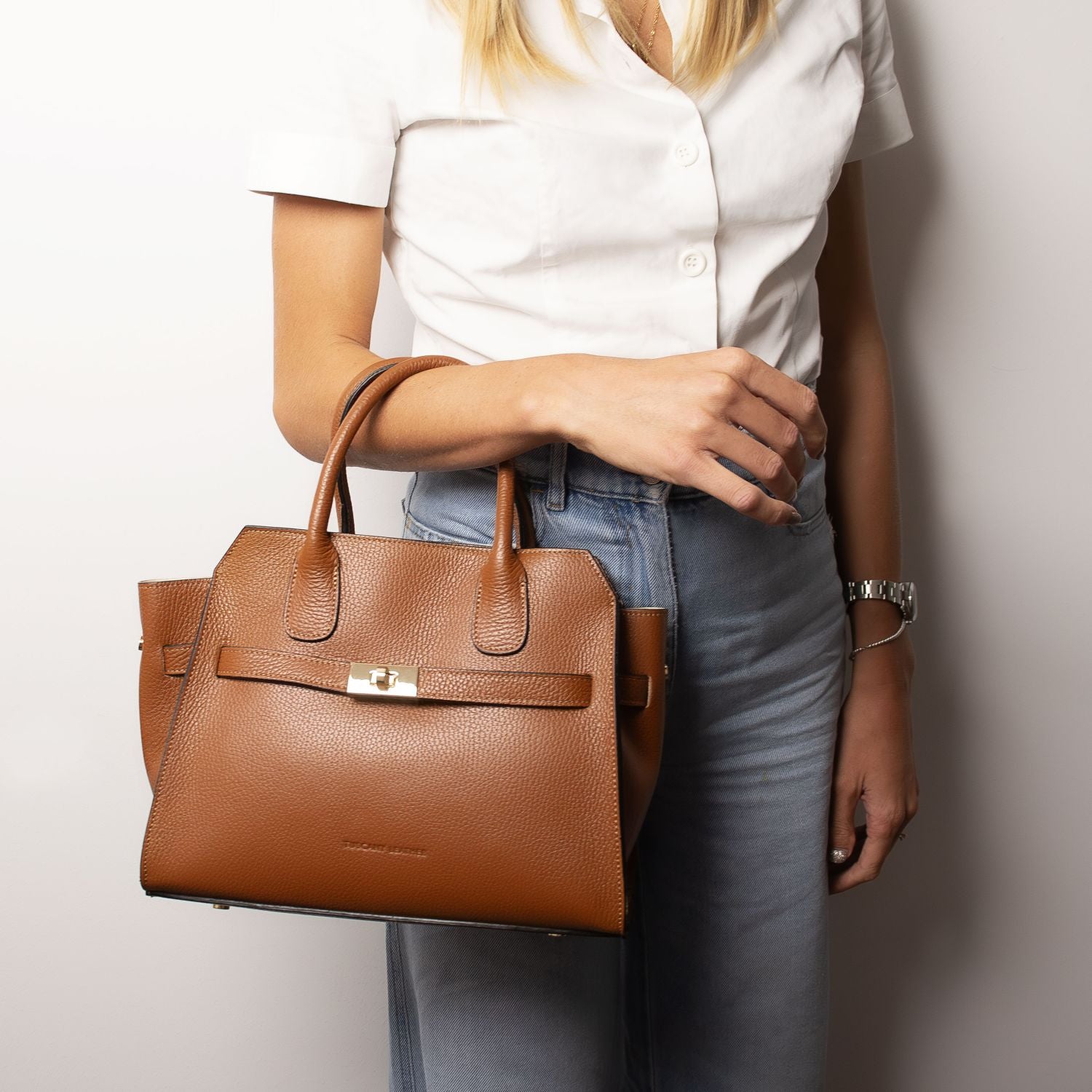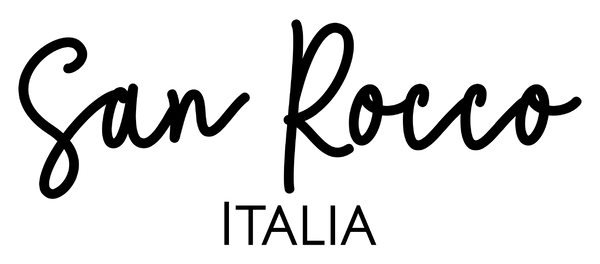
Understanding the Difference Between Suede and Leather
Share
Leather and suede seem almost identical at a glance and both come from animal hide. What most people do not realise is that about 65 percent of the world’s leather is made from cattle skin, while suede is crafted from the softer underside of that same material. People often expect leather to be tougher because it is more polished, but suede is actually the one with that irresistibly soft and luxurious touch. One material endures a lifetime of rough use while the other shines in high fashion for its elegance and comfort.
Table of Contents
- What Are Suede And Leather? Defining Characteristics
- Why Choose Suede Or Leather? Understanding Practical Applications
- How Suede And Leather Are Made: The Process Explained
- Key Differences Between Suede And Leather: A Comparative Analysis
Quick Summary
| Takeaway | Explanation |
|---|---|
| Choose leather for durability | Leather offers structural integrity and water resistance, ideal for long-lasting products. |
| Select suede for aesthetic appeal | Suede’s soft texture and luxurious feel suit fashion items that prioritise style. |
| Be aware of maintenance differences | Leather generally requires less care, while suede needs careful handling and protection from moisture. |
| Understand production processes | Both materials come from animal hides, differing in processing that impacts their texture, durability, and use. |
| Consider your usage context | Your choice should depend on whether you need robust function or luxurious appearance in your items. |
What are Suede and Leather? Defining Characteristics
Leather and suede represent two distinct yet interconnected materials originating from animal hide, each with unique characteristics that define their appearance, durability, and usage. Understanding their fundamental differences helps consumers and fashion enthusiasts make informed choices about their clothing and accessories.
The Raw Material Origins
At their core, both leather and suede are derived from animal skin through a complex tanning process. Britannica explains that leather is traditionally produced by tanning rawhides, typically from cattle, transforming them into a durable and flexible material. The key distinction emerges in how different parts of the animal hide are processed.
Standard leather utilises the outer grain side of the hide, which retains the natural protective layer. This results in a robust material with inherent water resistance and structural integrity. Suede, conversely, is crafted from the inner flesh side of the hide, creating a softer, more delicate textile with a distinctive napped texture.
Textural and Visual Characteristics
The processing method dramatically influences the final product’s sensory experience. Traditional leather presents a smooth, slightly glossy surface that feels firm and structured. Its grain remains visible, showcasing natural imperfections that testify to its authentic origins.
Suede, by contrast, offers a completely different tactile experience. Its surface is soft, velvety, and features a delicate raised nap that gives it a distinctive, plush feel. This unique texture is achieved by carefully treating and buffing the underside of the animal hide, creating a material that is luxuriously soft yet more vulnerable to environmental elements.
Key characteristics of leather and suede include:
- Leather: Durable, water-resistant, maintains structural integrity
- Suede: Soft, delicate, requires more careful maintenance
- Both: Derived from animal hide, valued for aesthetic and functional qualities
Whether choosing a robust leather jacket or an elegant suede handbag, understanding these materials empowers consumers to appreciate the craftsmanship behind each piece and select items that align with their lifestyle and aesthetic preferences.
Why Choose Suede or Leather? Understanding Practical Applications
The selection between suede and leather extends far beyond aesthetic preferences. Each material offers distinct advantages and limitations that make them suitable for specific applications, influenced by factors such as durability, maintenance requirements, and intended usage.
Performance and Durability Considerations
Materials research highlights that leather and suede possess unique mechanical properties determining their performance across different environments. Traditional leather emerges as the superior choice for applications demanding robust structural integrity. Its natural water resistance and high tensile strength make it ideal for products requiring prolonged exposure to challenging conditions.
Leather excels in scenarios demanding long term durability such as:
- Professional footwear
- Outdoor jackets
- Luggage and travel accessories
- Heavy duty work gloves
- Automotive upholstery
Aesthetic and Sensory Applications
Suede represents the pinnacle of tactile luxury, offering a softer, more delicate alternative to traditional leather. Its velvety texture makes it exceptionally appealing for fashion and interior design applications where visual and sensory experiences are paramount. While more vulnerable to environmental factors, suede creates an unparalleled sense of elegance and refinement.
Suede thrives in contexts prioritizing aesthetic sophistication:
- Evening handbags
- Haute couture clothing
- Decorative cushions
- Lightweight jackets
- Designer shoe collections
Understanding these nuanced differences enables consumers to make informed choices aligned with their specific requirements. Whether prioritising functional resilience or seeking sublime textural experiences, both suede and leather offer compelling solutions tailored to diverse practical and stylistic demands.
To clarify the practical distinctions between suede and leather, the following table compares their key characteristics, highlighting differences in texture, durability, maintenance, typical uses, and visual qualities.
| Feature | Leather | Suede |
|---|---|---|
| Texture | Smooth, firm, grain visible | Soft, velvety, raised nap |
| Durability | High; resists wear, water, and scratches | Lower; more susceptible to scuffing and moisture |
| Maintenance | Requires minimal care; tolerates some moisture | Needs careful upkeep; sensitive to stains and water |
| Typical Uses | Footwear, jackets, upholstery, luggage | Handbags, designer shoes, lightweight jackets |
| Visual Qualities | Slight gloss, natural imperfections visible | Matte finish, uniform plush appearance |
How Suede and Leather are Made: The Process Explained
The transformation of raw animal hide into sophisticated leather and suede represents a complex, multi-stage process that combines traditional craftsmanship with modern technological innovations. Understanding this intricate journey reveals the remarkable skill required to convert a basic biological material into a versatile textile.
Preparation and Initial Processing
Britannica explains that leather production begins with carefully selected animal hides, typically sourced from cattle, which undergo meticulous preparation. The initial stages involve removing hair, flesh, and unwanted tissue through a process called liming, which uses alkaline chemicals to break down protein structures and prepare the hide for tanning.
Key preparatory steps include:
- Cleaning and removing biological residues
- Chemically treating hide to increase receptiveness to tanning agents
- Carefully selecting hides based on quality and intended final product
- Precise removal of unnecessary tissue layers
Tanning and Transformation Techniques
Tanning represents the critical chemical process that transforms raw hide into stable, durable leather. This stage involves introducing specific chemical compounds that stabilise the hide’s protein structure, preventing decomposition and creating a material that can withstand environmental challenges.
Two primary tanning methods dominate modern leather production:
- Chrome tanning: Faster, more consistent process using chromium salts
- Vegetable tanning: Traditional method using natural plant extracts, producing a more environmentally friendly product
For suede specifically, the process involves an additional step of splitting the hide and carefully buffing the inner layer to create its signature soft, napped texture. This delicate treatment exposes the more vulnerable underside of the hide, resulting in a material that is luxuriously soft yet more susceptible to damage compared to traditional leather.
The intricate journey from raw hide to finished leather or suede demonstrates the remarkable blend of scientific precision and artisanal craftsmanship that transforms a basic biological material into a sophisticated, functional textile.
Here is a concise overview of the fundamental stages involved in transforming animal hide into either leather or suede, outlining how different processing steps lead to their distinct characteristics.
| Stage | Leather | Suede |
|---|---|---|
| Initial Hide Preparation | Hair and flesh removed, cleaned | Same as leather |
| Tanning Method | Chrome or vegetable tanning | Same as leather |
| Surface Processing | Outer grain side left intact | Inner flesh side split and buffed |
| Texture Outcome | Smooth, firm, slightly glossy | Soft, napped, velvety |
| Durability Result | Highly durable, water-resistant | Delicate, prone to stains and moisture |
Key Differences Between Suede and Leather: A Comparative Analysis
While suede and leather share a common origin, their distinctive processing techniques result in dramatically different materials with unique characteristics that dramatically impact their performance, aesthetics, and practical applications.
Structural and Durability Variations
Research from cultural heritage experts reveals that the fundamental difference between leather and suede lies in their structural composition. Traditional leather retains the outer grain layer, which provides inherent strength and natural water resistance. Suede, conversely, is created by buffing the inner flesh side of the hide, resulting in a significantly more delicate material.
Key structural differences include:

- Leather maintains its original protective outer layer
- Suede exposes the softer, more vulnerable underside of the hide
- Leather demonstrates superior structural integrity
- Suede offers enhanced softness at the cost of durability
Maintenance and Longevity Considerations
The processing method directly influences each material’s maintenance requirements and expected lifespan. Leather products typically demonstrate remarkable resilience, withstanding moisture, regular use, and environmental challenges with minimal intervention. Suede requires considerably more careful handling and protective treatment to maintain its aesthetic quality.
Critical maintenance distinctions comprise:
- Leather tolerates occasional water exposure
- Suede becomes easily stained and damaged by moisture
- Leather develops a desirable patina over time
- Suede requires frequent specialised cleaning and protection
Understanding these nuanced differences empowers consumers to make informed choices based on their specific lifestyle needs, aesthetic preferences, and willingness to invest time in material maintenance. Each material offers unique advantages, transforming from a simple animal hide into a sophisticated textile with remarkable potential for creative expression.

Experience True Luxury with Authentic Italian Leather and Suede
Choosing between suede and leather can feel daunting when your goal is both elegance and durability. Many find themselves searching for products that balance the robust integrity of full-grain leather with the opulent softness of suede, yet worry about maintenance, craftsmanship and authenticity. At San Rocco Italia, we resolve these concerns by offering expertly crafted handbags and home décor designed to elevate your style and provide lasting quality. Each piece embodies the characteristics you have learned about, from timeless design to painstaking traditional techniques.

Why settle for uncertainty when you can own luxury made by skilled Italian artisans? Discover our collection at San Rocco Italia and experience first hand the superior feel and longevity of premium materials. See how true craftsmanship transforms leather and suede into statement pieces for your wardrobe or home. Start exploring now for unmatched design and enduring sophistication.
Frequently Asked Questions
What are the key differences between suede and leather?
Leather is made from the outer grain side of animal hide, providing durability, water resistance, and structural integrity. Suede, on the other hand, is created from the inner flesh side of the hide, resulting in a soft, delicate material with a napped texture that is more vulnerable to environmental elements.
How should I care for suede compared to leather?
Leather requires minimal maintenance and can tolerate occasional water exposure, developing a desirable patina over time. Suede, however, is more sensitive to moisture, stains easily, and requires regular protective treatment and specialised cleaning to maintain its look and quality.
Is suede more luxurious than leather?
Suede is often perceived as more luxurious due to its soft, velvety texture and elegant appearance, making it ideal for high-fashion items and interior design. However, leather also has a classic appeal and is preferred for items requiring durability and practicality.
What are the common uses of suede and leather?
Leather is commonly used for durable items like professional footwear, outdoor jackets, and automotive upholstery due to its strength and water resistance. Suede is popular for aesthetic applications such as evening handbags, haute couture clothing, and decorative cushions, where a refined texture is valued.


